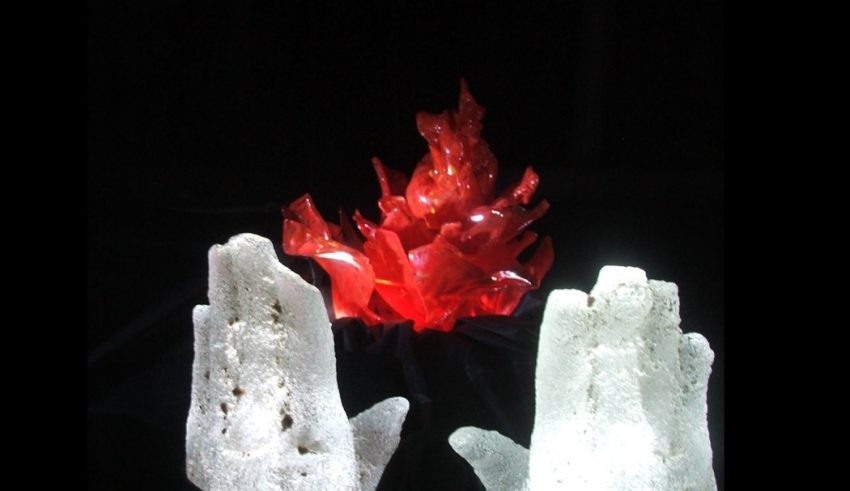
[Note: Most of this essay was actually wirtten during the last decade of the 20th Century. The themes introduced, however, seem to be quite relevant to the 21st Century world in which leaders are now operating.]
Teilhard, Eisler and Greenleaf offer us many insights and inspire us to find new leaders and settings in which collaborative leadership can flourish. Unfortunately, their model of leader as lover, partner and servant may not be enough to meet the challenges of 21st Century organizations. Their model of leadership builds on traditional notions about community and collective responsibility. In our 21st Century environment of complexity, unpredictability and turbulence, we must enlarge their tradition-based vision of leadership. We must move beyond the interpersonal dynamics of community to the role played by leaders in highly dynamic and often temporary systems.
Many organizations are now moving into a phase that is typified by small to moderate size, fragmentation and inconsistency, and clear intentions but unclear boundaries. These contemporary organizations tend to be flatter than their modern-day counterparts. They encourage less direct exertion of authority or less consistent display of leadership. In The Tao of Leadership John Heider observes that:i
Leaders who push think that they are facilitating process, when in fact they are blocking process. They think that they are building a good group field, when in fact they are destroying its coherence and creating factions. They think that their constant interventions are a measure of ability, when in fact such interventions are crude and inappropriate. They think that their leadership position gives them absolute authority, when in fact their behavior diminishes respect.
From a similar perspective, Peter Drucker suggested during the late 20th Century that contemporary organizations are: “far more likely to resemble organizations that neither the practicing manager nor the student of management and administration pays much attention to today: the hospital, the university, the symphony orchestra.”ii The identification of these nontraditional modes of organizational life is somewhat paradoxical, given that hospitals, universities and even symphony orchestras are now becoming more business-like and are even being run as businesses.








